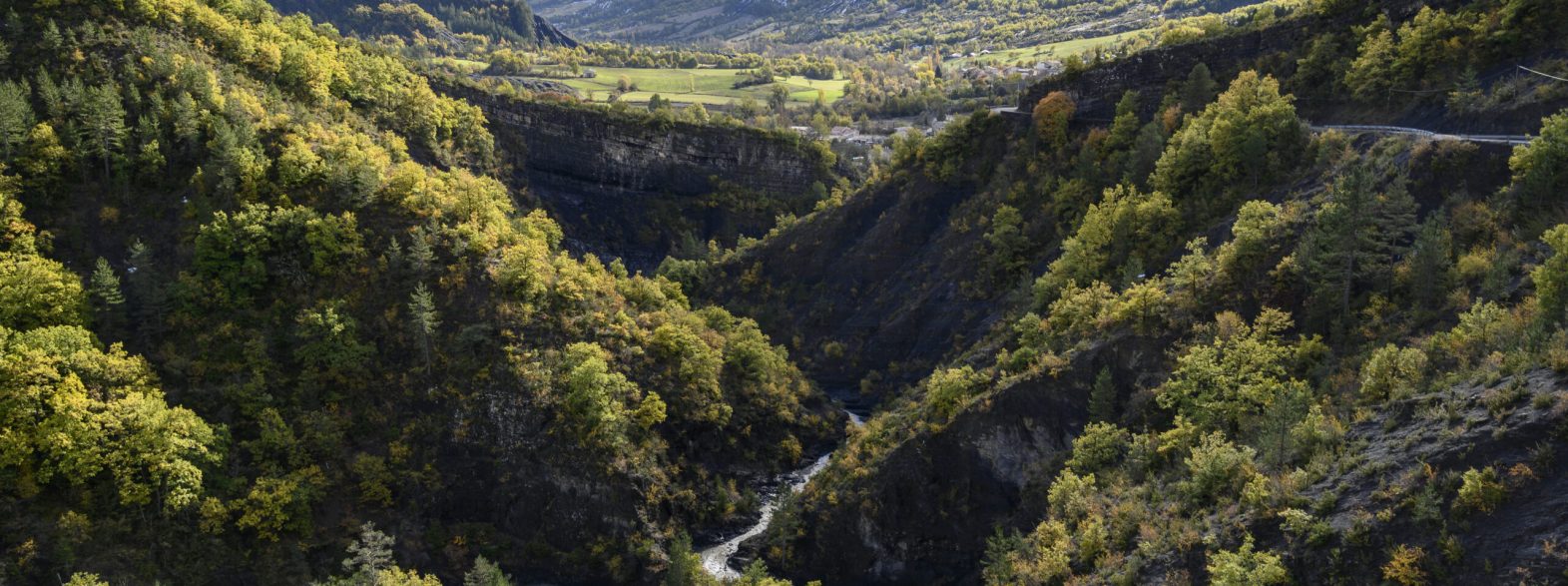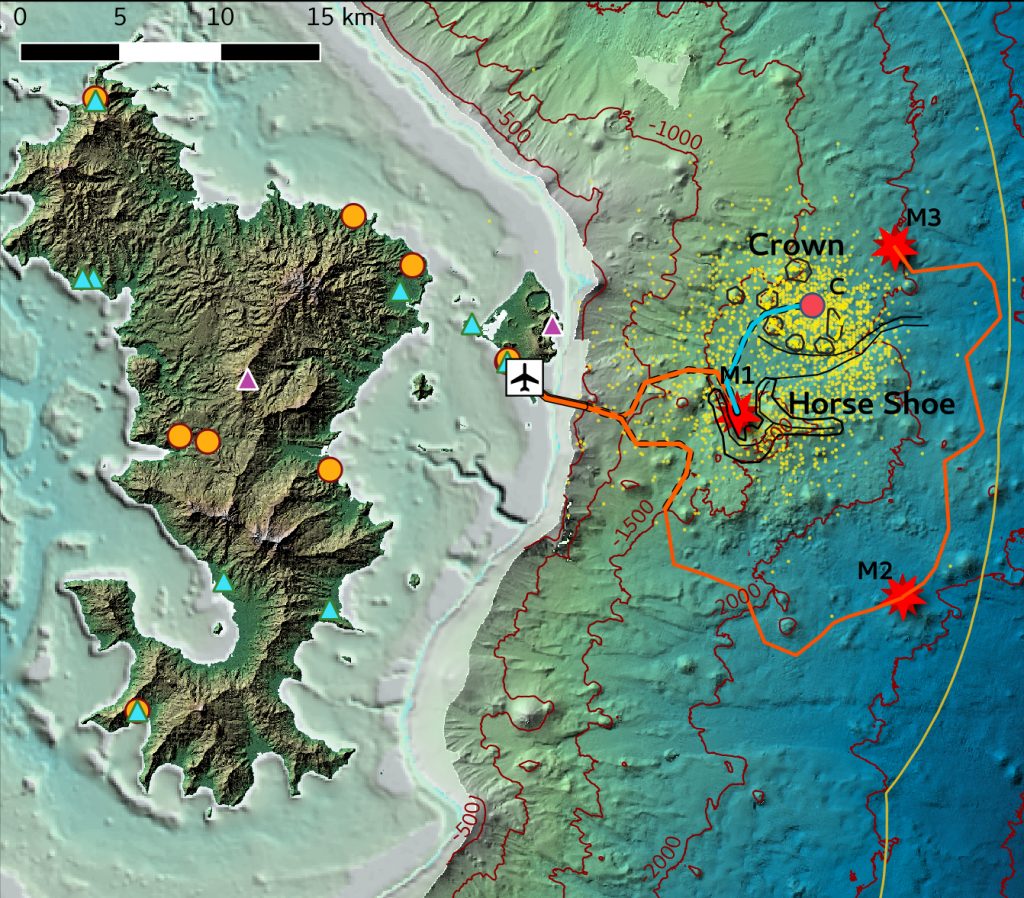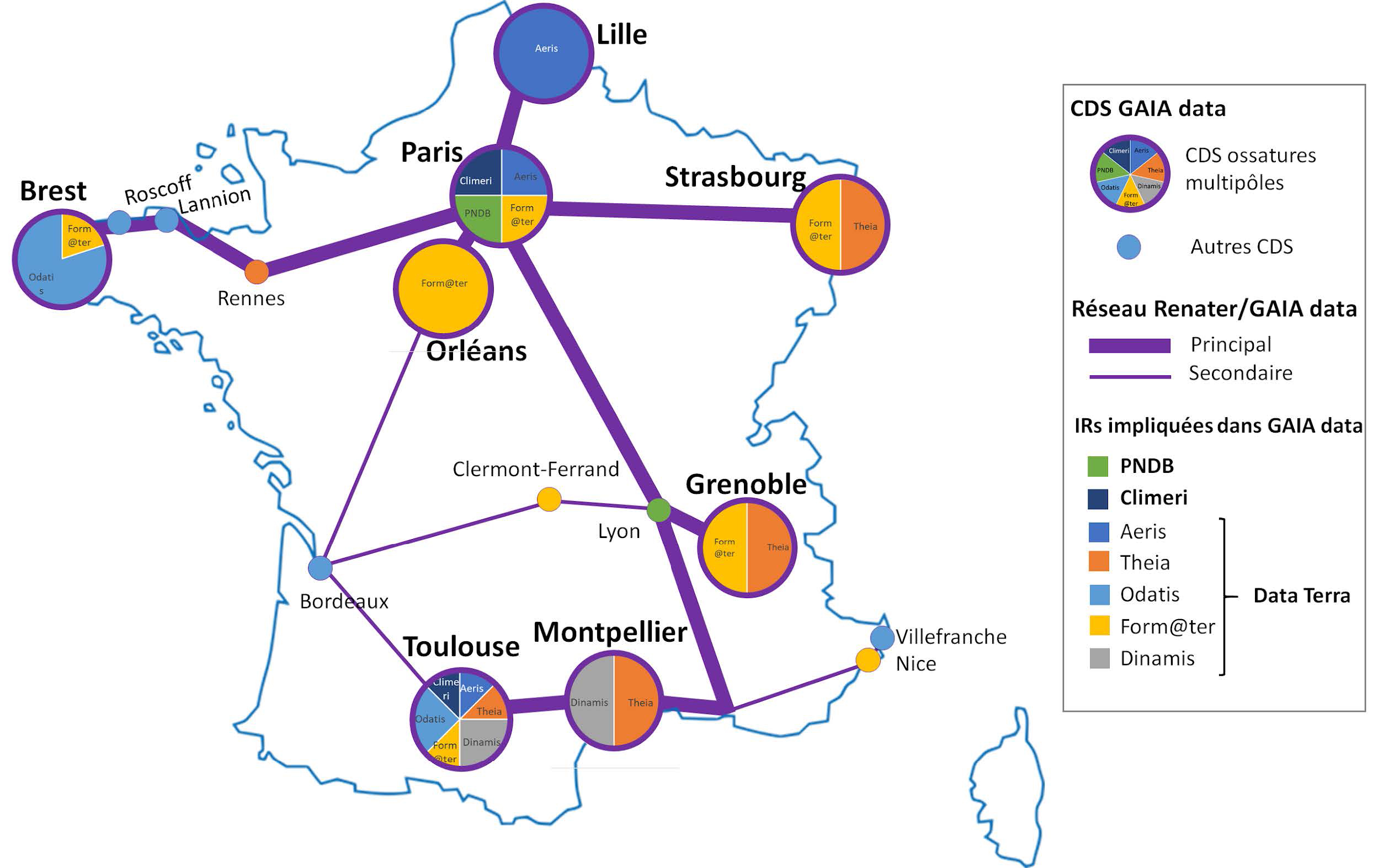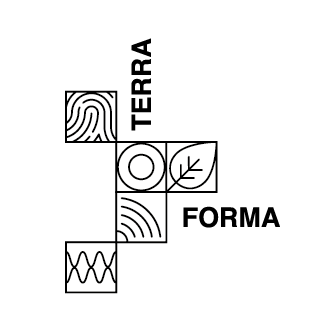EquipEx+
The MARMOR, GAIA Data and TERRA FORMA projects, in which the IPGP is a major partner, were among the 50 projects selected by an international jury during the last PIA 3 call for expressions of interest for “structuring equipment for research”.








